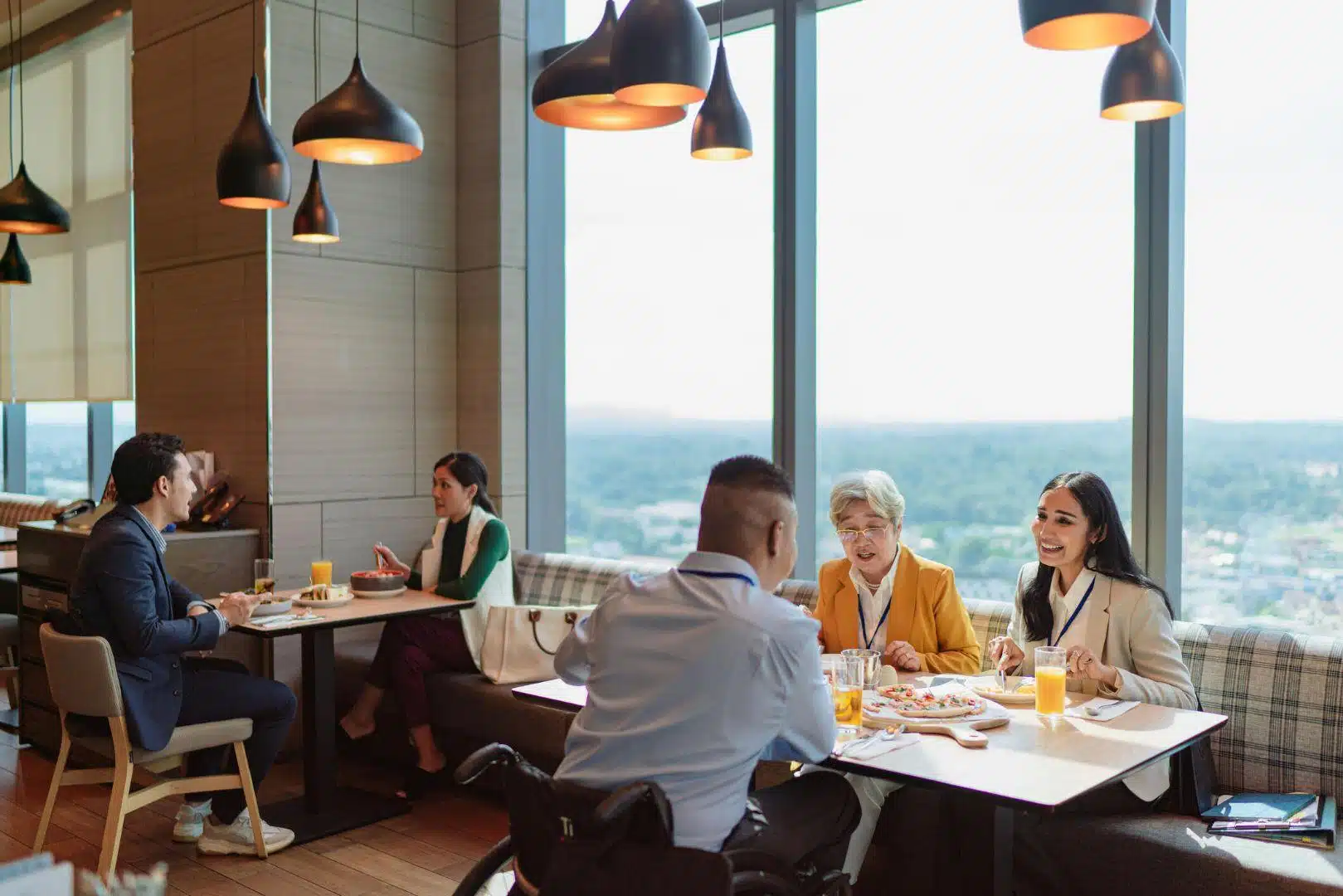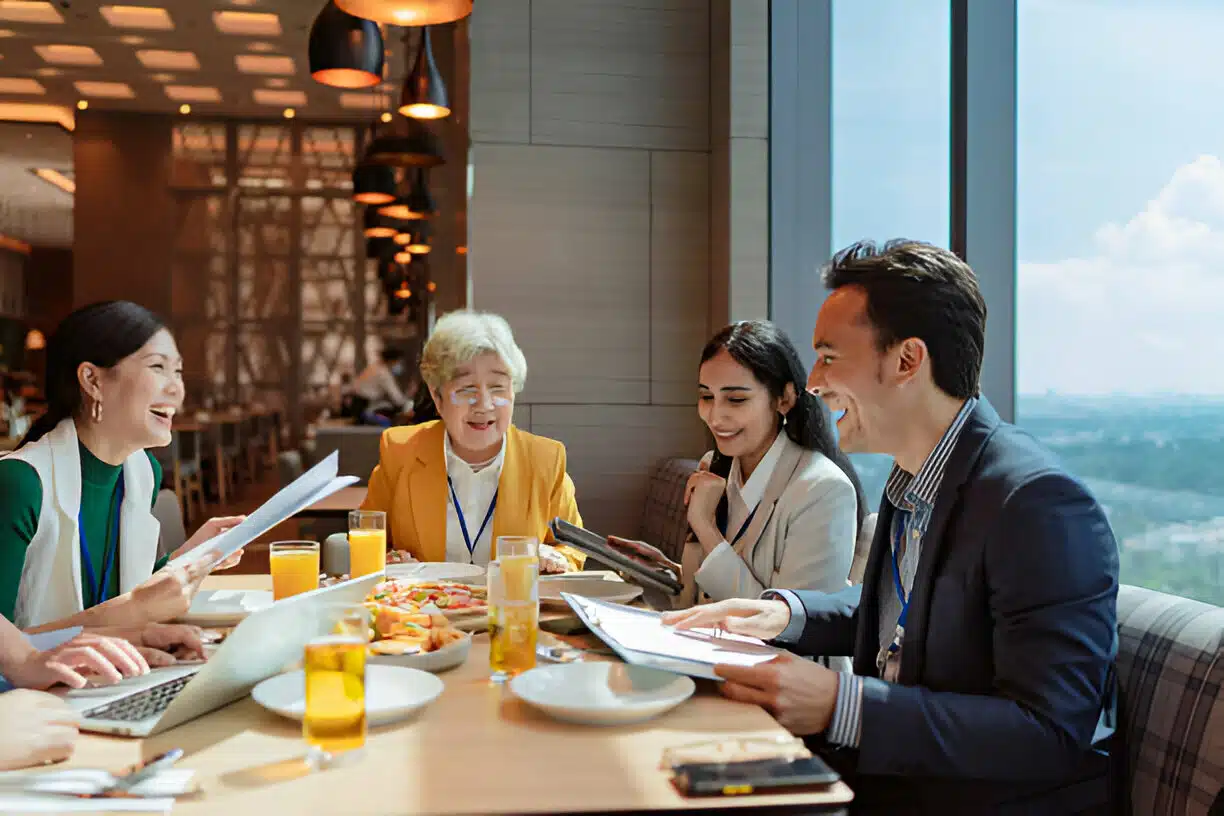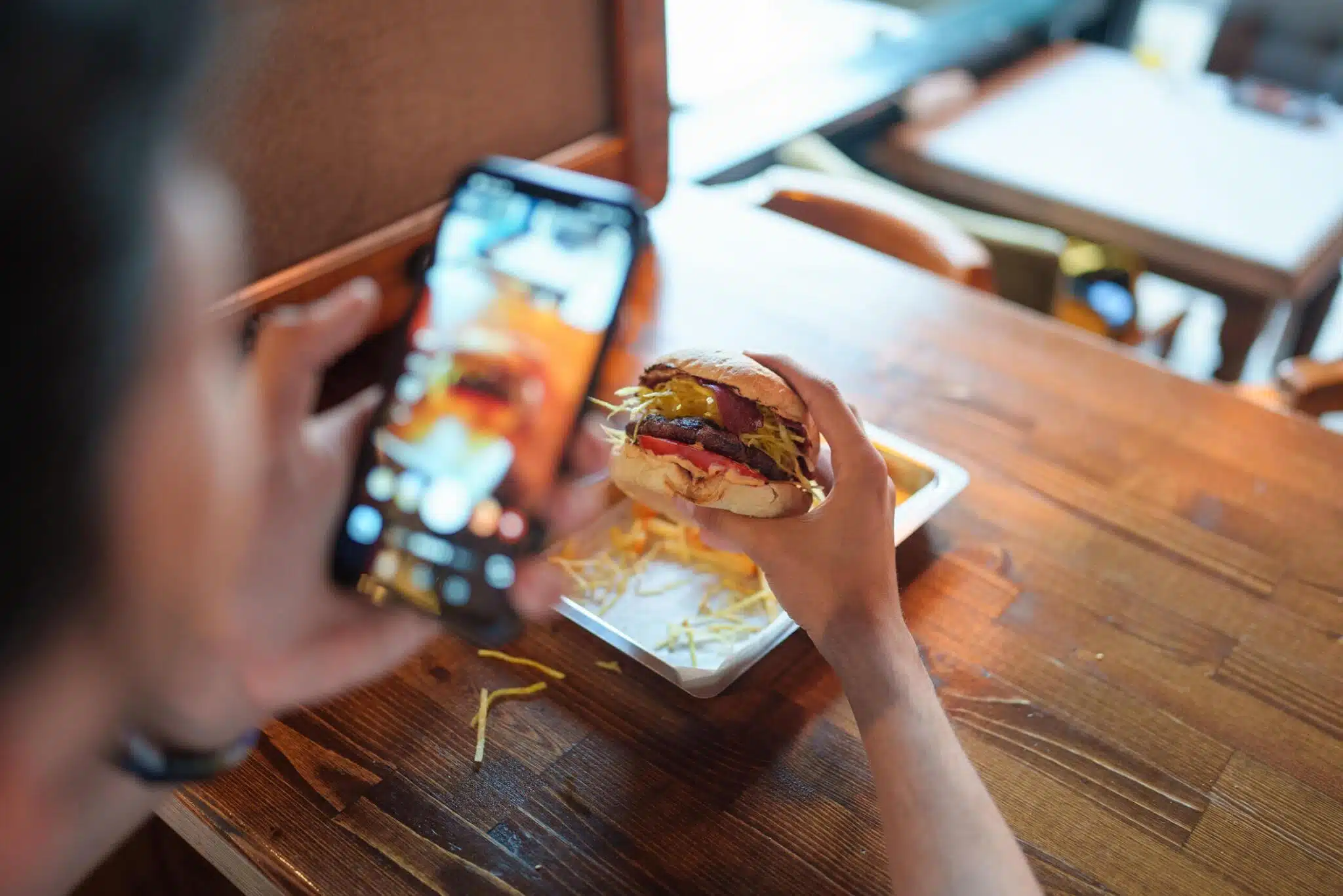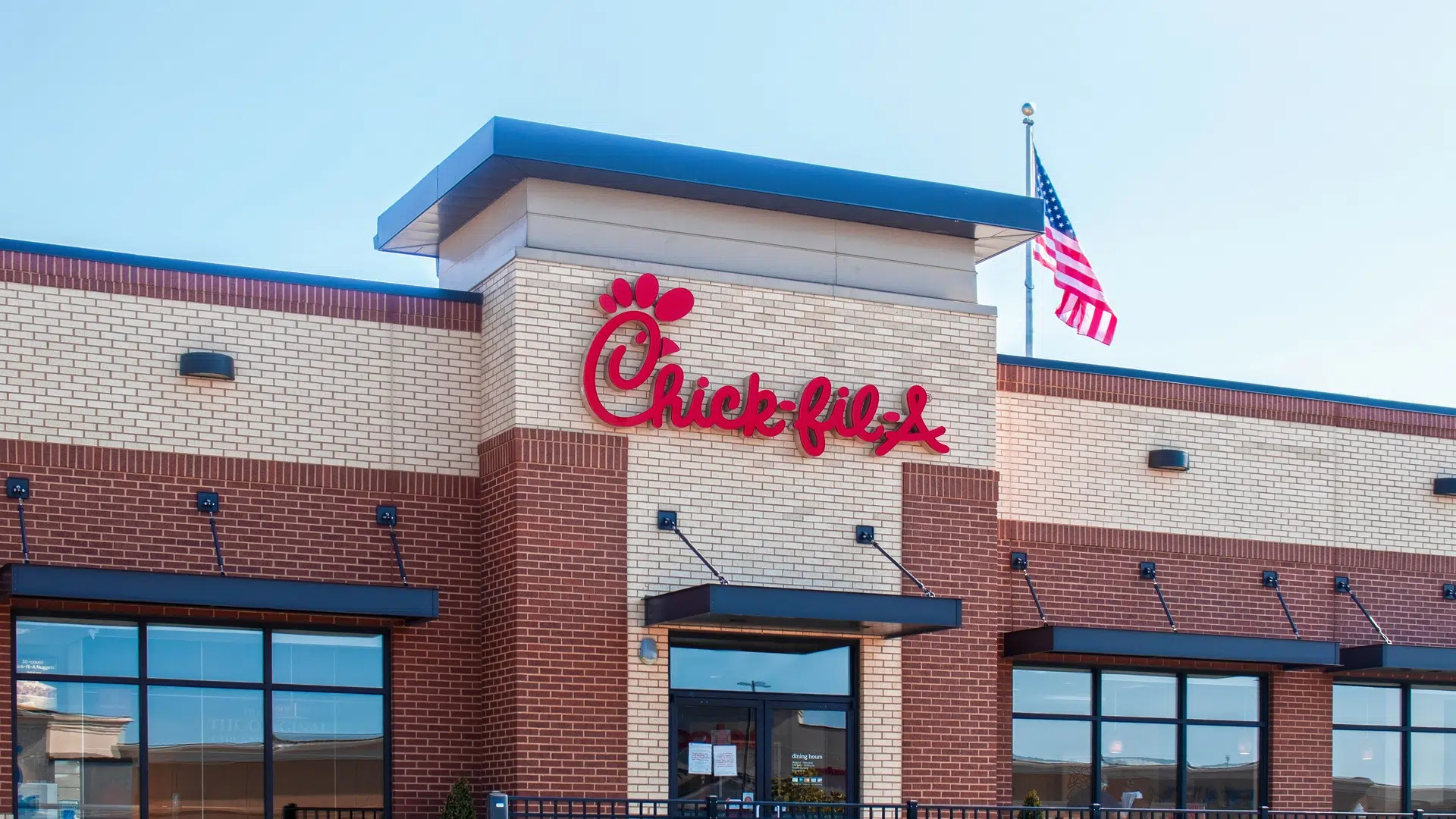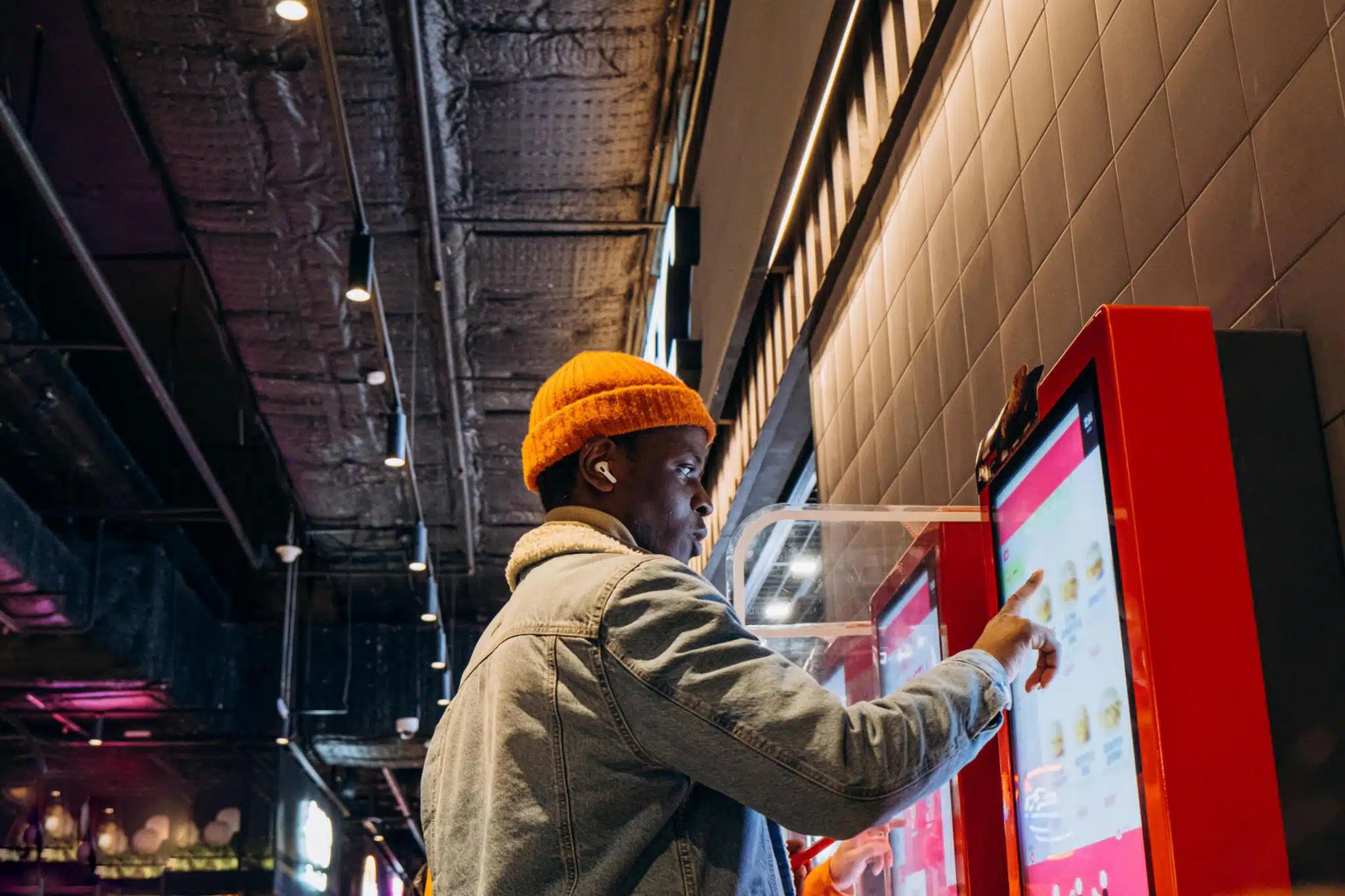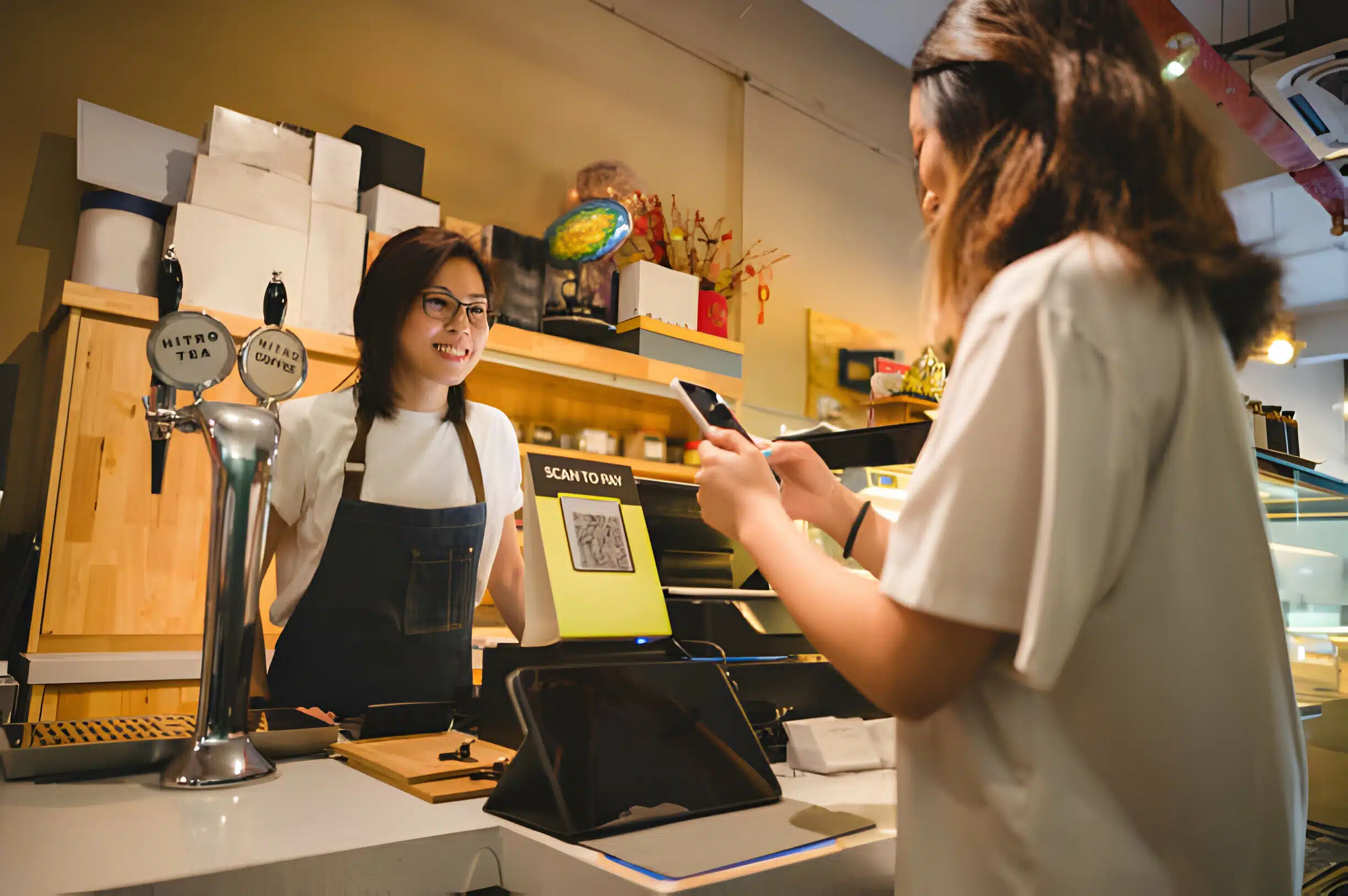In recent years, the importance of sustainability has become increasingly evident across various industries, and the restaurant sector is no exception. With growing concerns about climate change and environmental degradation, consumers are becoming more conscious of the impact of their dining choices on the planet.
In this blog post, we will explore how to reduce your restaurant’s carbon footprint and implement effective methods for tracking and improving sustainability efforts.
How to Reduce Your Restaurant’s Carbon Footprint and Methods for Tracking It?
Quick-service restaurants, where you grab a quick bite, have been trying to be more eco-friendly lately. You might have noticed them discussing using less plastic and being friendlier to the environment. It all started when a picture of a sea turtle with a plastic straw in its nose went viral, making people realize the problem with single-use plastics.
This change has pushed restaurants to improve, but there’s a problem: many need help figuring out how much carbon they’re putting out. This is a big deal because understanding and reducing carbon emissions is essential for the planet’s health.
So, what’s stopping restaurants from tracking their carbon footprint, and what can they do about it?
One big issue is that restaurants have many things that add to their carbon footprint. They have to think about how much food they throw away, how much energy they use, where they get their ingredients, and even what they do with their trash. Another problem is that many restaurants need the right tools to keep track of all this information. They might need the technology or systems to collect the data they need.
But don’t worry! There are ways for restaurants to start getting a handle on their carbon footprint. Here are some simple steps they can take:
- Get the Numbers: Start by collecting information about how much energy you use, the waste you produce, and where your ingredients come from. This will give you a better idea of where your carbon footprint is coming from.
- Use Technology: Look for tools and apps that can help you track your carbon footprint more accurately. There are lots of options out there that make it easy to collect and understand data.
- Talk to Your Suppliers: Reach out to the people who supply your ingredients and ask them to help you track where they come from. This will give you a clearer picture of the impact of your supply chain.
- Get Your Team Involved: Make sure everyone on your team knows why reducing carbon emissions is important and how they can help. Encourage them to devise ideas for cutting waste and using energy more efficiently.
- Keep Checking: Track your carbon footprint over time and see how it changes as you make changes to your business. This will help you know what’s working and what still needs to be improved.
Even though it might seem like a lot, tracking your carbon footprint is essential to being more eco-friendly. By taking small steps and using data to guide your decisions, you can make a big difference for the planet—and maybe even save some money in the process!
As quick-service restaurants continue to adapt and innovate, they can lead the charge toward a greener future. By embracing sustainability and tracking their carbon footprint, these eateries can show that being environmentally friendly is good for the planet and for business. So, let’s raise a toast to sustainability and its delicious possibilities!
Reduce Your Restaurant’s Carbon Footprint With SupplyCaddy!
Discover how to reduce your restaurant’s carbon footprint. Are you eager to minimize your restaurant’s environmental impact while maximizing efficiency? Explore innovative solutions with SupplyCaddy, a trusted provider of eco-friendly packaging and disposables for the food service industry.
From biodegradable materials to energy-saving equipment, we offer a comprehensive range of products to help you achieve your sustainability goals. Connect with SupplyCaddy today at [email protected] and take the first step towards a greener future for your restaurant and the planet.

